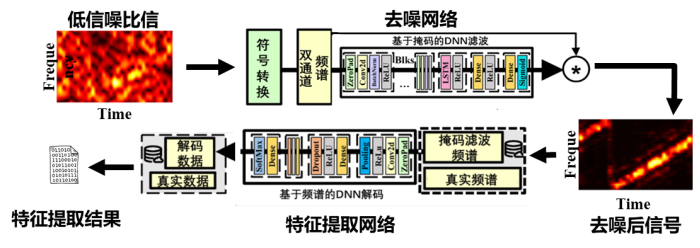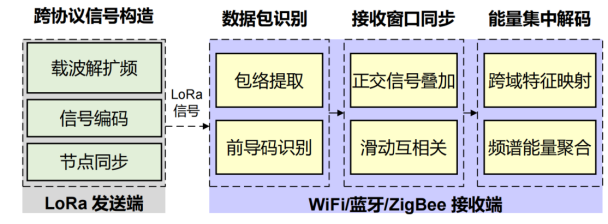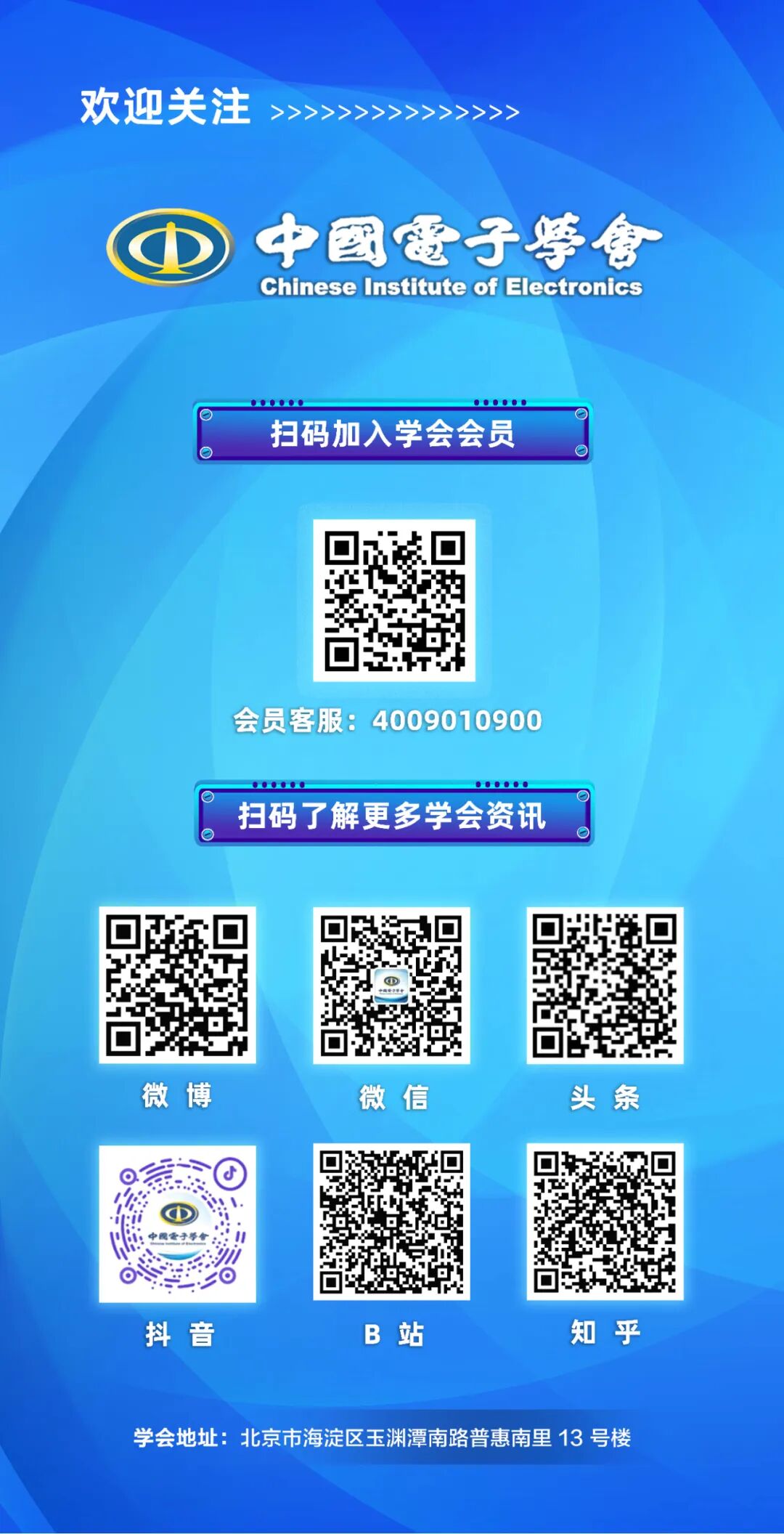
In the era of the Internet of Things, how can we meet the demand for small data and large connections in IoT, allowing massive devices to “last longer and transmit further”? The low-power wide area network (LoRa) technology is becoming a core answer for large-scale IoT! However, existing technologies still face three major challenges in large-scale applications—high concurrency conflicts, weak signal transmission, and heterogeneous protocol interference, which have become the core bottlenecks for practical large-scale applications. The research team from Tsinghua University delves into the latest research progress of LoRa, revealing the latest technological breakthroughs and future research directions. The results are published in the Journal of Electronics, 2024, Issue 10.
Article Information:Tong Shuai, Wang Jiliang. Progress and Research Challenges of Low-Power Wide Area Network LoRa Technology[J]. Journal of Electronics, 2024, 52(10):3623-3642. https://doi.org/10.12263/DZXB.20240471
Keywords:IoT; low-power wide area network; conflict decoding; weak signal; cross-protocol communication
Click the “Read Original” at the end of the article to visit the official website of this journal to read the full text

Highlights
SPRING
Highlight 1: High Concurrency Conflict Handling: From “Traffic Jam” to “Overpass”
The low-power wide area network expands the scale of network access by connecting a large number of devices, with the number of terminals far exceeding that of traditional internet. Large-scale terminal access poses higher demands on the network’s concurrency capability. However, traditional LoRa networks use the ALOHA protocol, leading to channel competition and data loss when nodes access concurrently, causing network availability to drop sharply as the number of terminals increases. To address this issue, on one hand, a conflict avoidance mechanism is proposed, designing a lightweight MAC protocol and orthogonal coding scheme to avoid conflicts, ensuring that multiple device signals can “go their own way”; on the other hand, for signals that have already conflicted, a conflict decoupling algorithm based on dimensionality enhancement feature mapping is designed to improve the success rate of packet decoding under conflict conditions, increasing gateway capacity by more than 20 times.

Figure 1: Workflow of LoRa Conflict Decoding Protocol
Highlight 2: Weak Signal Enhancement: From “Can’t Hear Clearly” to “AI Noise Reduction”
The transmission power of LoRa nodes is limited, especially in indoor and underground environments where signal attenuation is severe, posing a significant challenge to network coverage. Traditional networks rely on packet retransmission mechanisms, which are inefficient and increase node energy consumption. Research addresses the weak signal issue through two technical aspects: first, enhancing signal quality by using higher power transmitters, more sensitive receivers, or more efficient antenna designs to improve link reliability; second, enhancing decoding capability by designing AI-optimized decoding algorithms in weak signal environments, employing advanced signal processing techniques, error correction coding mechanisms, and machine learning methods to extract more decoding features and improve the success rate of weak signal decoding.

Figure 2: Schematic of Weak Signal Enhancement Processing Workflow in Feature Extraction Network
Highlight 3: Cross-Protocol Interconnection: From “Channel Fighting” to “Handshake and Reconciliation”
LoRa shares the same wireless frequency band with protocols like Bluetooth and WiFi, and channel competition and signal interference between heterogeneous protocols can lead to network packet loss, reduced throughput, and increased latency, thereby affecting system reliability. Based on the different physical layer signal processing mechanisms, two types of cross-protocol communication technologies for LoRa are studied: first, cross-protocol signal simulation, which modifies the signal encoding mechanism so that signals generated by one protocol conform to the format specifications of another protocol, enabling data transmission between WiFi, Bluetooth, and LoRa nodes; second, physical feature construction, where the LoRa transmitter constructs signal features based on data bits, adjusting signal energy, packet length, and transmission intervals, allowing heterogeneous receivers to parse transmission content by recognizing these signal features, achieving data transmission between cross-protocol devices.

Figure 3: Schematic of LoRa Cross-Protocol Communication Protocol Workflow
Author Profiles
SPRING

Tong Shuai Male, born in 1997, from Jinhua, Zhejiang. Graduated from Tsinghua University School of Software in 2024. Currently a postdoctoral researcher at Tsinghua University. His main research direction is IoT communication and perception.
E-mail: [email protected]

Wang Jiliang Male, born in 1986, from Changsha, Hunan. Graduated from Hong Kong University of Science and Technology in 2011. Currently an associate professor and doctoral supervisor at Tsinghua University School of Software. Engaged in intelligent IoT research.
Email: [email protected]
Journal Introduction
About Journal
The Journal of Electronics, founded in 1962, is the flagship academic journal sponsored by the China Institute of Electronics, publishing original research results in electronics and information science and related fields. The current editor-in-chief is Academician of the Chinese Academy of Sciences and Professor at Xi’an University of Electronic Science and Technology, Hao Yue.
The journal is a core Chinese journal and a core technology journal (CSTPCD), indexed by EI, Scopus, Inspec, Chemical Abstracts (CA), Chinese Science Citation Database (CSCD), and China Academic Journal Network Publishing Database (CNKI), selected for the Excellence Action Plan for Chinese Science and Technology Journals, and belongs to the T1 area of the high-quality science and technology journal grading directory of the China Institute of Electronics, recommended as Class A Chinese Science and Technology Journal by CCF.
For more exciting content, please follow this public account
Journal official website: www.ejournal.org.cn
Click the “Read Original” below to visit the official website of this journal to read the full text online
